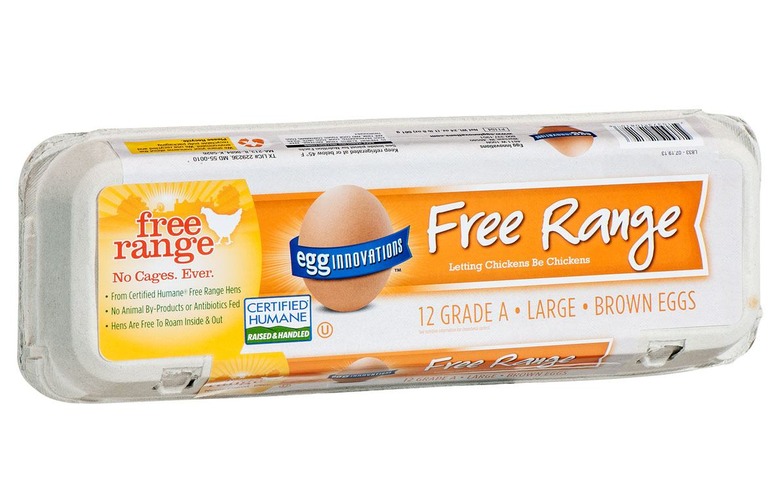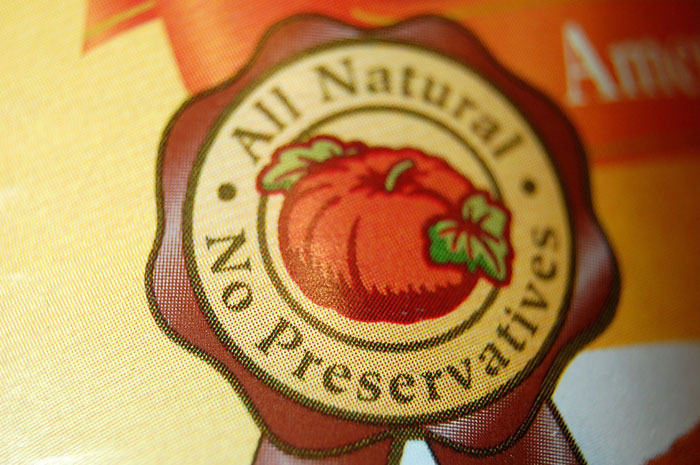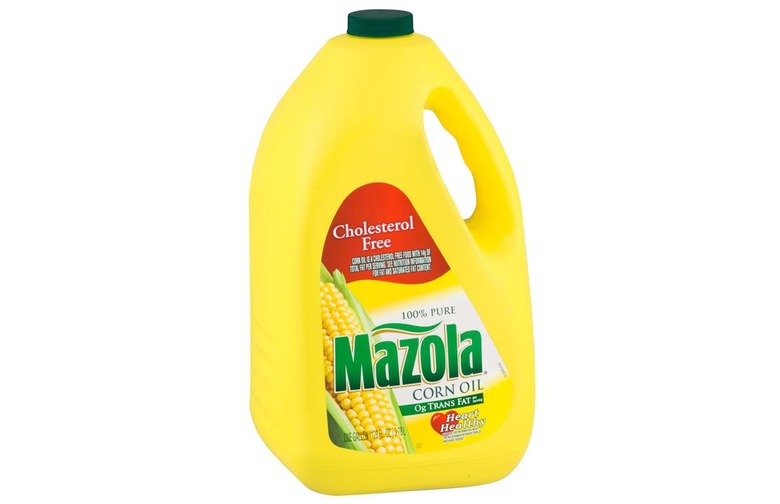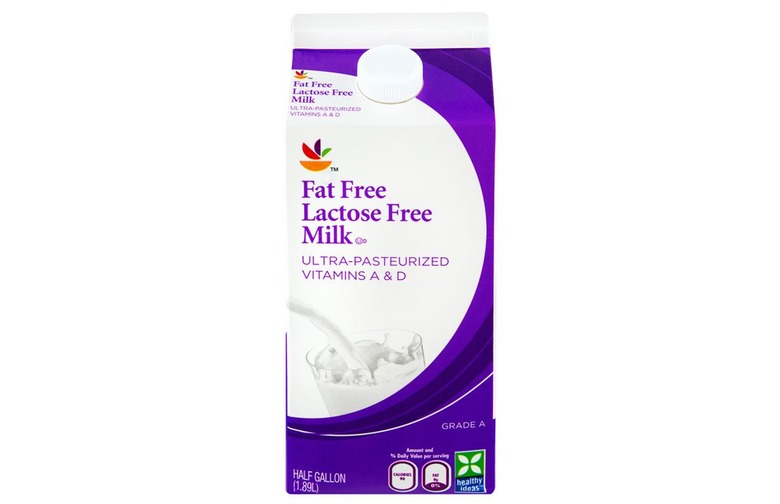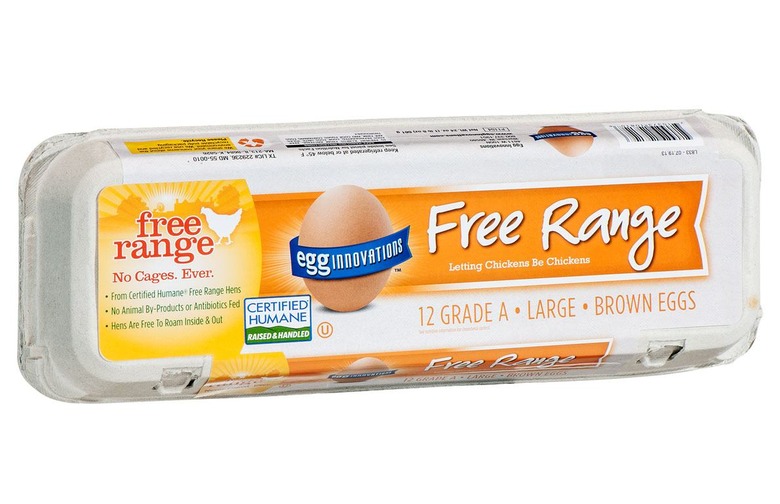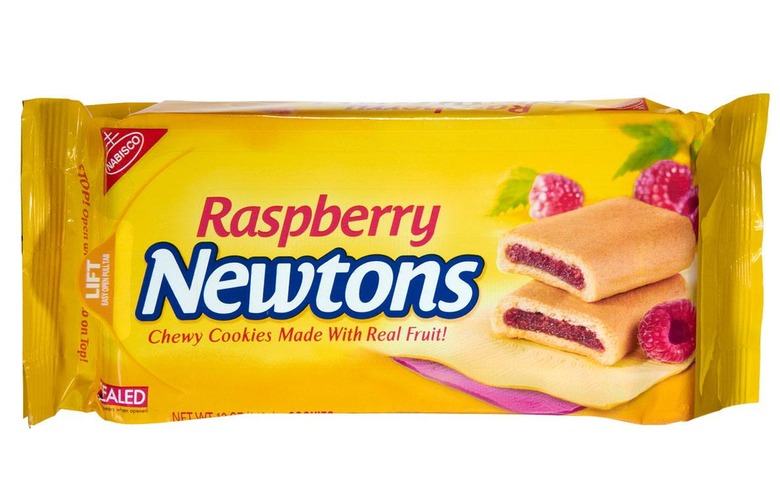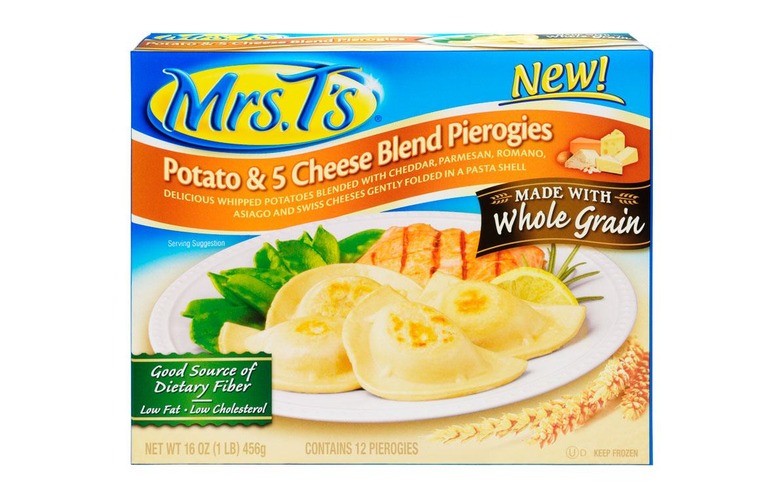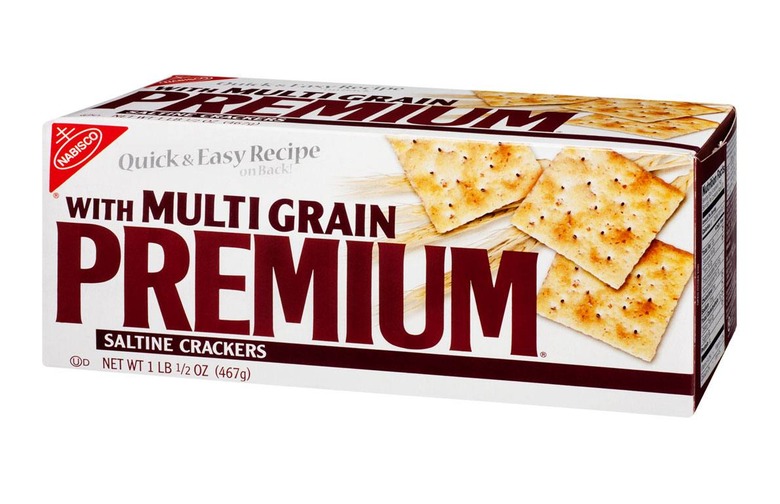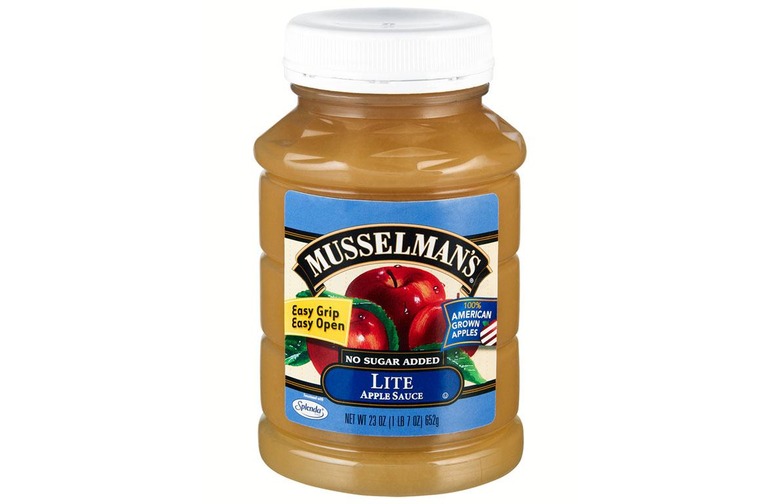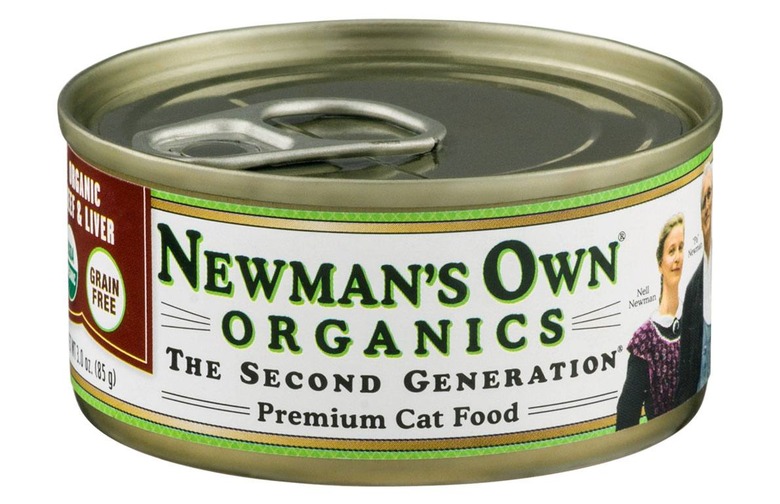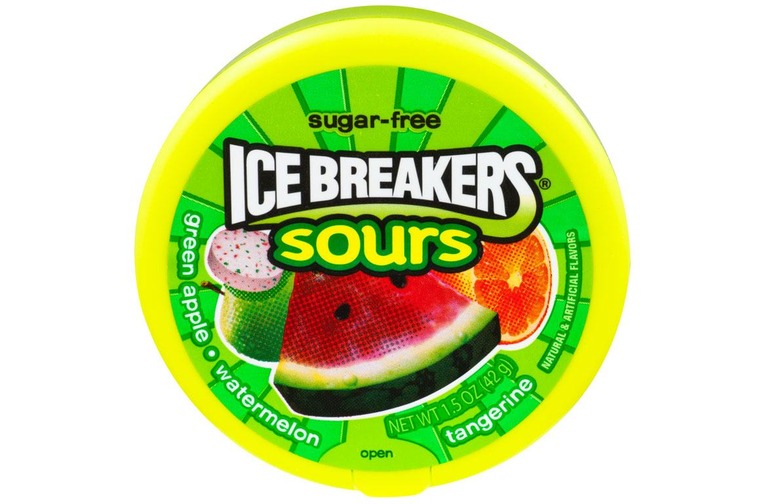What 'All-Natural' And 9 Other Food Labels Actually Mean
When we're at the supermarket, thousands of different food products compete for our attention. Just about everyone is looking for healthy options for themselves and their families, so food companies don't pass up an opportunity to make their products sound as nutritious as possible. But what do labels like "all-natural" and "free range" actually mean? Unfortunately, less than you may think.
All-Natural
Labeling food "natural" or "all-natural" is a quick way to get consumers to think that the product is healthier than others because it comes from nature. In fact, "all-natural" is an extremely general and vague term for which the FDA doesn't even have an officially recognized definition. According to the USDA, meat can be labeled "all-natural" as long as it doesn't contain any artificial ingredients or chemical preservatives; it can, however, be pumped full of broth or saline water. And contrary to what some may believe, "all-natural" doesn't mean "GMO-free."
Cholesterol Free
Because cholesterol is produced by the liver, only animal-based products like dairy, meat, and eggs contain it. So obviously your olive oil is cholesterol free! But be wary when you see "cholesterol-free" on other products: a product can still contain up to two milligrams of cholesterol and call itself cholesterol-free.
Fat Free
A food item can be called fat free if it contains less than half a gram of fat per serving. Thankfully, by now most people realize that "fat free" doesn't translate to "healthy," but it was touch and go there for a while in the 1990s (remember SnackWell's?). The problem with fat-free foods is that they can still contain the same amount of calories and sugar as their full-fat counterparts (and sometimes more sugar), and sometimes the natural animal or vegetable fat is replaced by artificial substitutes.
Free Range
The term "free range" usually conjures images of happy chickens gallivanting about on the open prairie, but in reality the USDA only requires about five minutes of open-air access per day for this designation, which can consist of no more than access to a hole that the chickens can stick their heads through. As for eggs and beef, there's no standard for calling those "free range" whatsoever.
Made with Real Fruit
Sure, there are peaches and oranges on the box, but the only "real fruit" in the food itself might be white grape juice concentrate, kicked up with a heaping spoonful of "real" high fructose corn syrup.
Made with Whole Grain
It's a good rule of thumb to be wary any time you see "made with" on a label, because sure, although there might be a pinch of a whole grain of some sort, it's probably a completely negligible amount. Instead, look for either whole-grain wheat flour or whole-wheat flour as the first ingredient; that's the only way you can know for sure that you're getting the real thing.
Multigrain
Similar to "made with whole grain," multigrain is a potentially meaningless term. While "multigrain" may mean that it's made with different grains, the actual quantity of those grains can be negligible. In fact, some products even contain molasses and other coloring agents in order to make them look like they contain more whole grains than they do.
No Sugar Added
"No sugar added" means just that: no extra sugar has been thrown into the mix. But that doesn't mean that the product is low in sugar (or carbohydrates, which turn into sugar when processed by your body). Juice is loaded with sugar, and even milk, which is obviously not artificially sweetened, contains a fair amount of natural sugar.
Organic
If a product is labeled organic, that means that 95 percent or more of the ingredients (or, if it's a fruit or vegetable, the whole thing) must be grown or processed without synthetic fertilizers or pesticides. But don't forget: Organic doesn't automatically mean healthier!
Sugar Free
Like replacing sugar packets with Splenda in your morning coffee, sugar-free foods just swap out the real thing for its chemical equivalent. Foods labeled "sugar free" contain fewer than .5 grams of sugar per serving, but keep in mind that this doesn't mean these foods are lower in fat, calories, or carbohydrates. Unless you're diabetic or need to reduce your sugar intake for another medical reason, just eat the regular version and don't go overboard.
